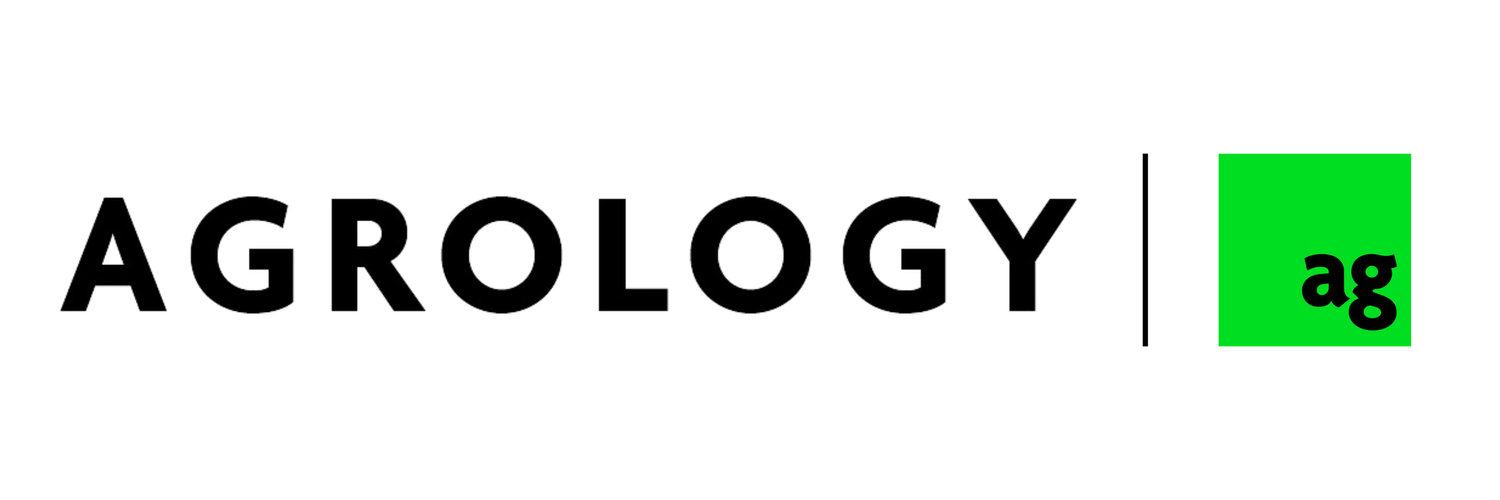O'Neill Vintners: The Intersection of Winemaking and Environmental Innovation
By Adam Koeppel, Co-Founder & CEO @Agrology
In the wine industry, O'Neill Vintners & Distillers carves a niche that is as bold as it is sustainable. Their story isn’t just about turning grapes into wine; it's about revolutionizing the very ground those grapes grow on, turning the age-old practice of winemaking on its head by diving deep into the soil beneath.
Through a pioneering approach to regenerative farming, O'Neill not only redefines the essence of terroir but also sets a new standard for the wine industry's role in combating climate change. They have a B-Corp Certification and True Zero Gold Certifications. They are a Certified California Sustainable Vineyard & Winery. Yet, O’Neill also has the distinction of scale: they are one of the fastest-growing wineries in California and have a reputation as one of the top premium wine and spirits producers in the industry.
At Agrology, we are lucky enough to work closely with O’Neill. In our quest to measure soil carbon and greenhouse gas emissions, Caine Thompson, managing director at Robert Hall Winery and head of sustainability at O'Neill, has become a close confidant and partner. Together, we work to improve how regenerative practices are quantified. Bound by a shared purpose to make the world more regenerative, we are cutting through the usual vineyard vernacular to see what's really happening in the soil as a result of different practices.
Caine and his team have swapped traditional viticulture for a regenerative model that reads like a tech startup's pitch to Silicon Valley: innovative, data-driven, and with an eye firmly on sustainability. O'Neill embarked on a data-fueled journey into the soil microbiome, turning every metric, from carbon sequestration to microbial activity, into actionable insights. The result? A vineyard that's as alive below ground as it is above and a team that is able to quantify regenerative practices and then use that data to scale what’s working.
The data speaks volumes. Regenerative farming at O'Neill doesn't just improve grape quality and yield; it significantly boosts the soil's ability to capture and store carbon. In an era where every industry is scrambling to reduce its carbon footprint, O'Neill leads by example, showing that it's possible to produce high-quality wine while being stewards of the land.
Economically, the numbers stack up too. Despite the dry conditions that 2022 threw at them, O'Neill's regenerative plots outperformed their conventional counterparts, delivering not just on quality but also on quantity. The initial investment in regenerative practices is paying off, with the added bonus of reduced water usage—a critical consideration in California's drought-prone climate.
However, it’s not just about the bottom line. O'Neill's journey from conventional to regenerative farming is a blueprint for the future, a testament to the power of innovation in addressing some of the most pressing environmental challenges of our time. It's a narrative that others in the regenerative space will recognize: a blend of entrepreneurship, technology, and sustainability, all wrapped up in the pursuit of a product that doesn't just taste good but does good.
Here’s a case study on Caine’s journey and how he is using the Agrology Arbiter System to measure and quantify his regenerative practices. More than anything, we hope Caine’s story inspires others to quantify and then scale practices that work. Because at the end of the day Caine’s story is more than a case study in sustainable winemaking—it's a call to action for industries everywhere. The message is clear: with the right mix of technology, data, and a dash of daring, it's possible to rethink our impact on the planet, one vineyard, one field at a time.
